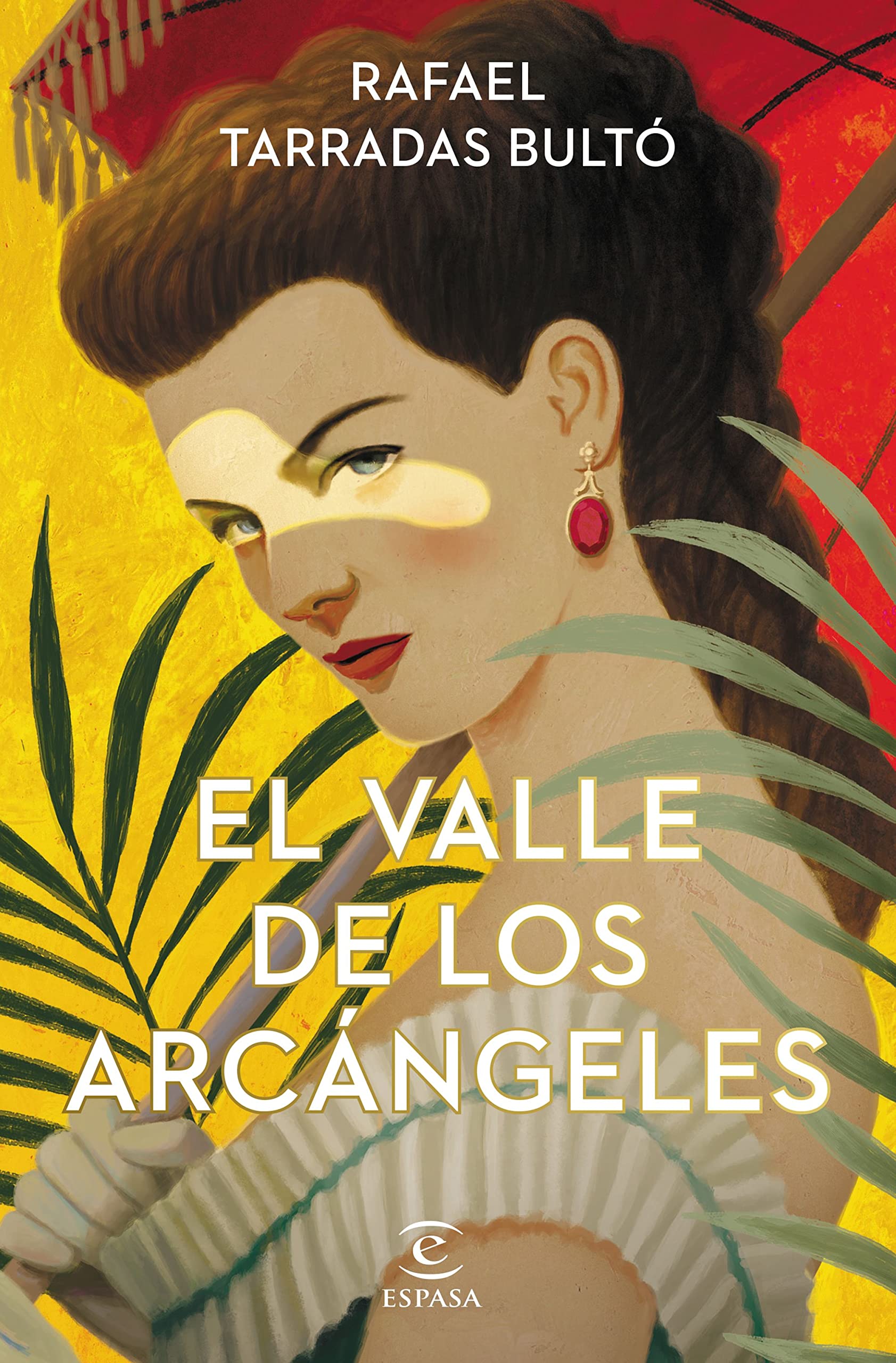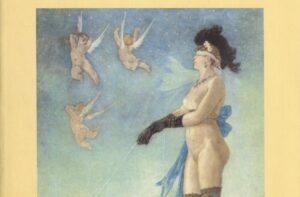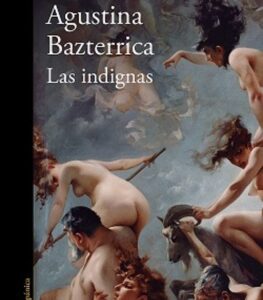
About the book
STRUCTURE AND VOICE
The Valley of the Arcángels takes place in an exceptional period of our history, which goes from 1864 to 1869. The settings are multiple and real places are mixed, such as the cities of Barcelona, Havana or Matanzas, with the Valley of the Arcángels, emerged from the author’s imagination, although based on the real sugar mills of Cuba. The farms where sugar cane was grown and processed to obtain sugar, rum and other alcohols were called sugar mills. An omniscient voice guides us through the entire narrative, made up of 27 chapters and an epilogue.
REALITY AND FICTION
Rafael Tarradas places the action of The Valley of the Archangels in an exciting and dangerous historical period. He naturally integrates real events into the story, from everyday life to major political events, in a way that frames the plot of the novel and helps us better understand the motivation of the characters.
AN EXCITING MIX OF GENRES
The Valley of the Archangels is an absorbing work that, under the guise of a historical novel, offers us a passionate—and stark—portrait of limitless ambition. The author introduces elements of suspense typical of Gothic stories and updates them in a dazzling plot around three powerful families and a beautiful and intriguing woman who threatens to destroy everything around her. To compose the portrait of the seductive Isabel Palau, Rafael Tarradas also uses resources from the melodramas of the period he recreates.
THE FAITHFUL PORTRAIT OF AN EXCITING TIME
The recreation of the period is spectacular. Every detail of the setting is taken care of. The reader goes from the parties in the luxurious palaces of the Spanish aristocracy of the 19th century, to the seediest streets of our cities, passing through the dangerous jungles of the last overseas colonies.
TWO WORLDS THAT COLLIDE
The Valley of the Archangels tells us about two worlds that collide.
On the one hand, that of the old aristocracy and the families of the upper bourgeoisie who had been leading the country and its economy for decades; on the other, the new rich and those aspiring to occupy a space to which they had traditionally never accessed.
The novel narrates the beginning of the end of an era in our history and the beginning of a new one. This change is always present in the story. Those at the top of the social ladder try to stay there at all costs, regardless of the means. Whether everything changes or everything stays the same is one of the themes of the novel, and the main characters take a stand—and confront each other—because of it.
The figure of Isabel Palau symbolizes that unscrupulous careerism, capable of even killing to achieve its goals. His ambition has no limits.
Rafael Tarradas builds an exciting novel in which ambition, love, betrayal and suspense are added to a spectacular historical recreation, within the framework of a turbulent country in which everything is about to change forever.
AN UNUSUAL HISTORICAL SETTING
The historical framework chosen by Rafael Tarradas is unusual in our recent narrative. The novel is set between 1864 and 1869. They were, politically, some very hectic years, a prelude to the Revolution of 1868, the exile of Queen Elizabeth II – which is reflected in the novel – and the still distant proclamation of the First Republic. Spain began a period of economic expansion that was reflected in the growth of our cities—Barcelona, for example, demolished its walls and expanded through the Eixample—and the creation of modern railway lines, some of which played a prominent role in the novel. The abolition of slavery was also debated in the Cortes. Powerful economic interests fought—without taking prisoners—for or against abolitionism. That stormy economic, political and social reality is very present throughout the novel.
TOPICS ADDRESSED BY THE VALLEY OF THE ARCHANGELS
SPAIN IN FULL TRANSFORMATION 1866 was marked by an international financial crisis that affected all of Europe. In Spain it put an end to a period of expansion and change, which began with the Revolution of 1854 and the Progressive Biennium, which sought to implement an essentially liberal model. The bourgeoisie longed to become the ruling class in a more open and democratic political regime. He didn’t quite succeed. It inaugurated, of course, a stage marked by social development and the gradual implementation of Western-style capitalism. The symptoms of this transformation are very present in the background of the novel.
THE SOCIAL GAP Both in peninsular Spain and in Cuba, Rafael Tarradas describes the social gap that separates the bourgeoisie from the rest of the population. It is an economic and physical gap, since the expansion of cities is done by separating the rich from the poor and the middle classes into separate neighborhoods, unlike the old cities, of medieval origin, where everyone mixed together in a only urban nucleus. In the mansions, the lords and the service occupy different floors. Remember: Pepa’s ambition is to go down from the upper floor of the Abbad mansion, that of the servants, to the lower floor, that of the masters. In the Cuban haciendas, a whole world separates the mansion of the lords from the courtyards of the slaves.
SLAVERY Slavery is one of the plot drivers of The Valley of the Archangels. In each of the sugar mills in the Valley of the Arcángeles we find a different model of relationship between the owners and the slaves. The novel shows the arguments of those who wanted to maintain it, as an essential element of Cuba’s economic survival, and those who wanted to abolish it, for ethical and also pragmatic reasons: a regime of freedoms could not be deepened if it was maintained. that immoral institution.
FEELINGS AS THE MOTOR OF STORY Some scholars—historians and economists, above all—are beginning to pay special attention to feelings as one of the engines of history and human development. Envy, hatred, fear, ambition…, individually and collectively, had been somewhat relegated in favor of quantifiable elements. Rafael Tarradas has incorporated these feelings both in the profile of the characters and in the description of the social and political reality of the historical period covered by the novel.
Source: https://algunoslibrosbuenos.com/el-valle-de-los-arcangeles


